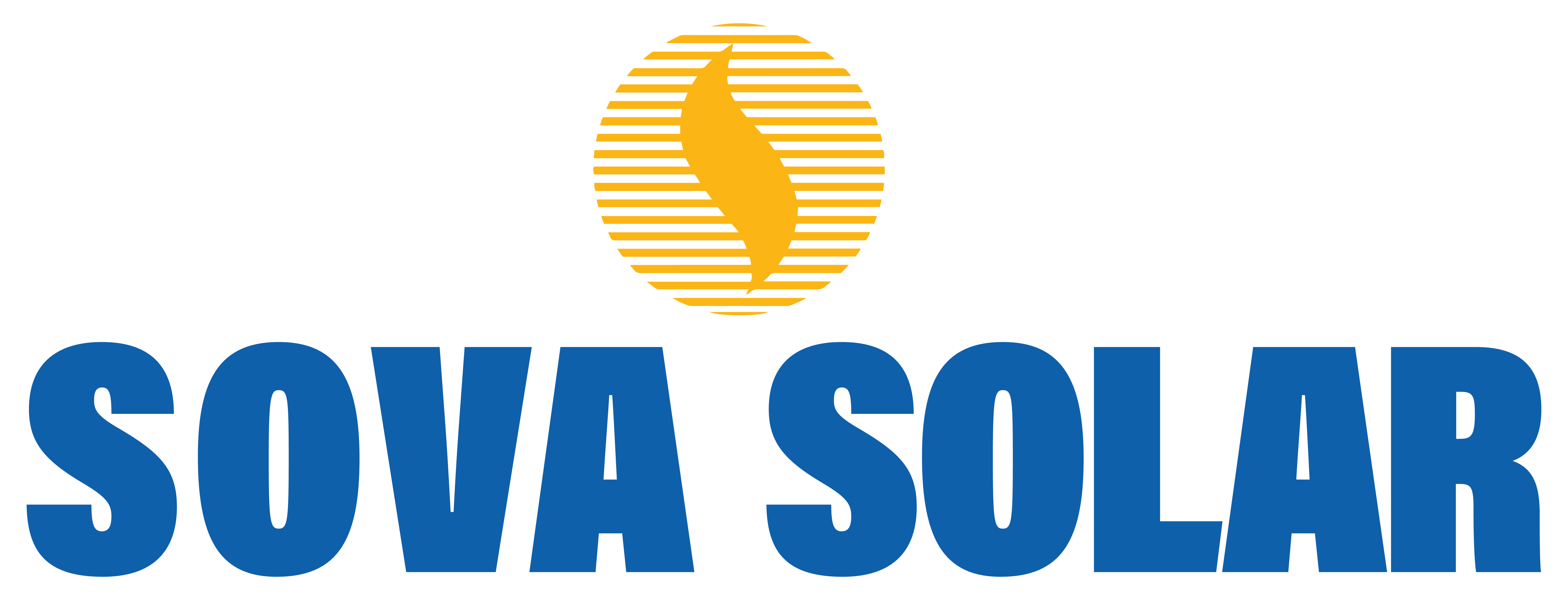
- sovasolar_admin
- Aug 22, 2024
- Construction, Industry, Uncategorized
- 0 Comments
Solar panel technology has come a long way since its inception, with efficiency improvements driving the industry forward. At Sova Solar, we’re at the forefront of integrating cutting-edge innovations to produce highly efficient solar panels. Let’s delve into the science behind high-performance photovoltaics and how we’re maximizing solar panel efficiency.
The Basics of Solar Cell Efficiency
At its core, solar cell efficiency is about converting as much sunlight as possible into usable electricity. The theoretical maximum efficiency for a single-junction solar cell, known as the Shockley-Queisser limit, is about 33.7%. However, real-world efficiencies have been steadily climbing, with the best commercial panels now reaching over 22% efficiency.
Key Factors Influencing Efficiency
Material Quality
The purity and crystalline structure of the silicon used in solar cells significantly impact efficiency. Higher-quality materials allow for better electron flow and less energy loss.
Cell Design
Advanced cell designs, such as PERC (Passivated Emitter and Rear Cell) technology, improve light absorption and reduce electron recombination.
Anti-Reflective Coatings
These coatings minimize the amount of light reflected off the panel surface, allowing more photons to be absorbed.
Temperature Coefficient
Lower temperature coefficients mean better performance in high-temperature conditions.
Recent Advancements in Solar Cell Technology
Multi-Junction Cells
By stacking different semiconductor materials, each optimized for different parts of the solar spectrum, multi-junction cells can achieve efficiencies over 40% in laboratory settings.
Perovskite Solar Cells
This emerging technology promises high efficiencies at potentially lower costs. Perovskite cells have shown rapid efficiency improvements in recent years.
Bifacial Solar Panels
These panels can absorb light from both sides, increasing energy yield, especially when installed over reflective surfaces.
Tandem Solar Cells
Combining traditional silicon cells with perovskite layers creates tandem cells that can potentially break the 30% efficiency barrier in commercial applications.
How Sova Solar Integrates These Innovations
At Sova Solar, we’re constantly pushing the boundaries of what’s possible in solar panel efficiency. Here’s how we’re incorporating the latest advancements:
Advanced PERC Technology
Our panels utilize PERC technology, which adds an extra layer to the back of the traditional solar cell. This layer reflects unabsorbed light back through the cell, giving it a second chance to be converted into electricity.
High-Quality Monocrystalline Silicon
We use premium-grade monocrystalline silicon, known for its superior electron mobility and lower defect concentration.
Optimized Cell Architecture
Our cell design minimizes shading from busbars and incorporates advanced texturing techniques to trap more light within the cell.
State-of-the-Art Anti-Reflective Coatings
We apply multi-layer anti-reflective coatings that are optimized for a broad spectrum of light, ensuring maximum absorption throughout the day.
Temperature Coefficient Optimization
Our panels are engineered to maintain high performance even in elevated temperatures, crucial for real-world applications.
Bifacial Options
We offer bifacial panel options that can increase energy yield by up to 30% in certain installations.
Research into Next-Generation Technologies
We’re actively researching and developing perovskite and tandem cell technologies to stay ahead of the curve.
The Impact of Efficiency Improvements
Increased efficiency translates to several benefits for solar panel users
More Power in Less Space
Higher efficiency means more energy generation from a smaller area, crucial for space-constrained installations.
Lower Balance-of-System Costs
Fewer panels needed for the same power output reduces installation and hardware costs.
Improved ROI: More efficient panels often lead to faster payback periods and higher long-term returns.
Enhanced Sustainability: Higher efficiency means less raw material and energy used per watt of power produced, improving the overall environmental footprint.
Future Directions in Solar Panel Efficiency
Looking ahead, we see several exciting trends that could further boost solar panel efficiency:
Quantum Dot Solar Cells
These nanoparticles could allow for customized absorption spectra and potentially exceed current efficiency limits.
Light-Sensitive Nanoparticles
Incorporating these into solar cells could improve light absorption and electron transport.
Artificial Photosynthesis
Mimicking nature’s process could lead to breakthroughs in solar energy conversion.
Machine Learning in Design
AI and machine learning are being used to optimize cell designs and manufacturing processes, potentially uncovering new efficiency-boosting techniques.
The quest for higher solar panel efficiency is an ongoing journey, driven by scientific innovation and technological breakthroughs. At Sova Solar, we’re committed to being at the forefront of this evolution, continuously integrating the latest advancements to offer our customers the most efficient and high-performing solar panels possible.
By pushing the boundaries of photovoltaic science, we’re not just improving our products – we’re contributing to a more sustainable and energy-efficient future. As solar panel efficiency continues to rise, we move closer to a world where clean, affordable solar energy is accessible to all.






